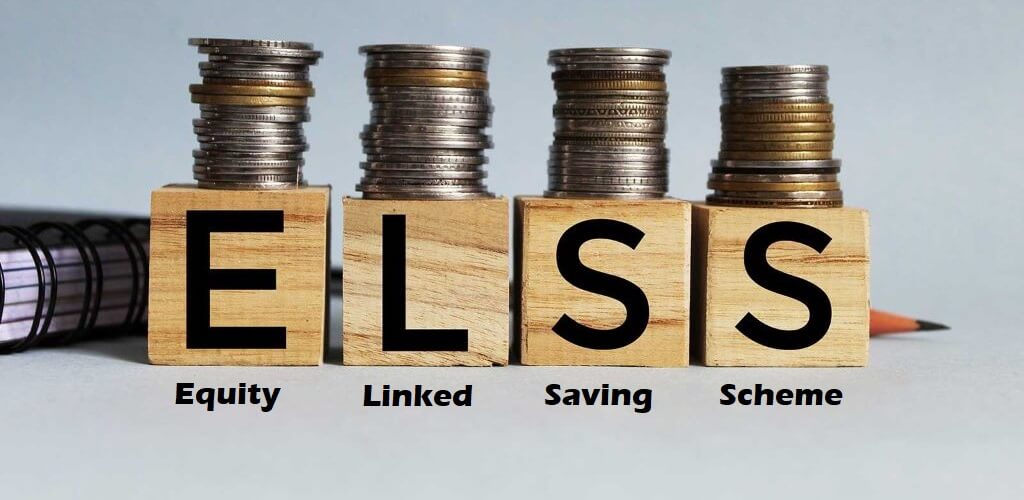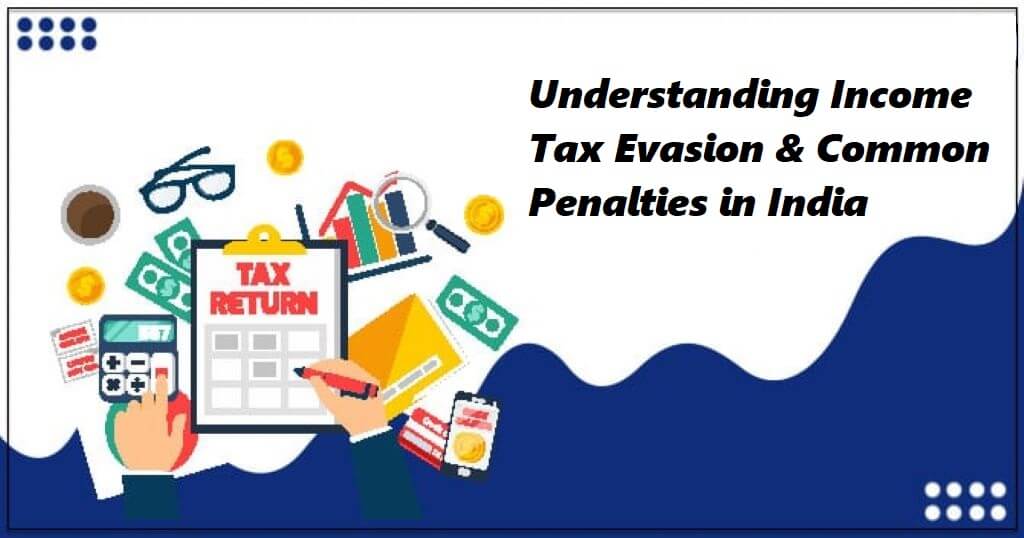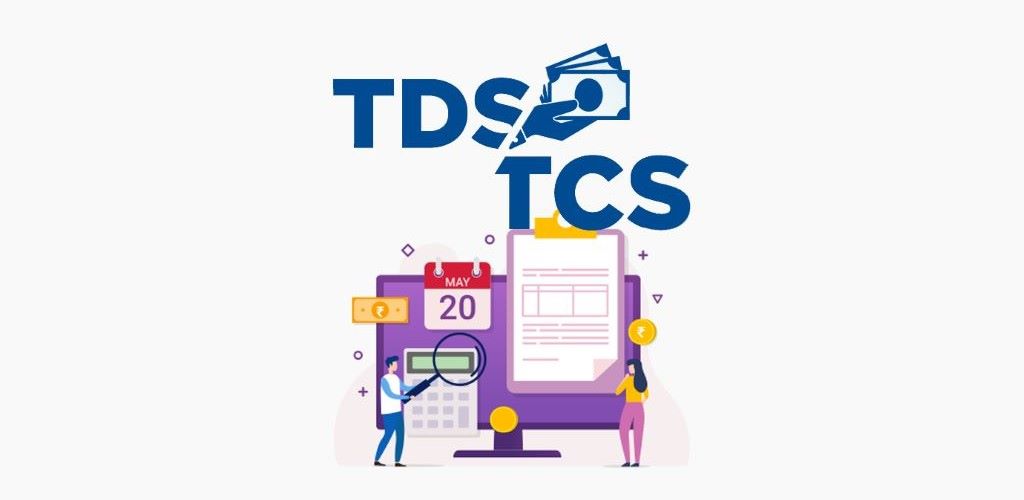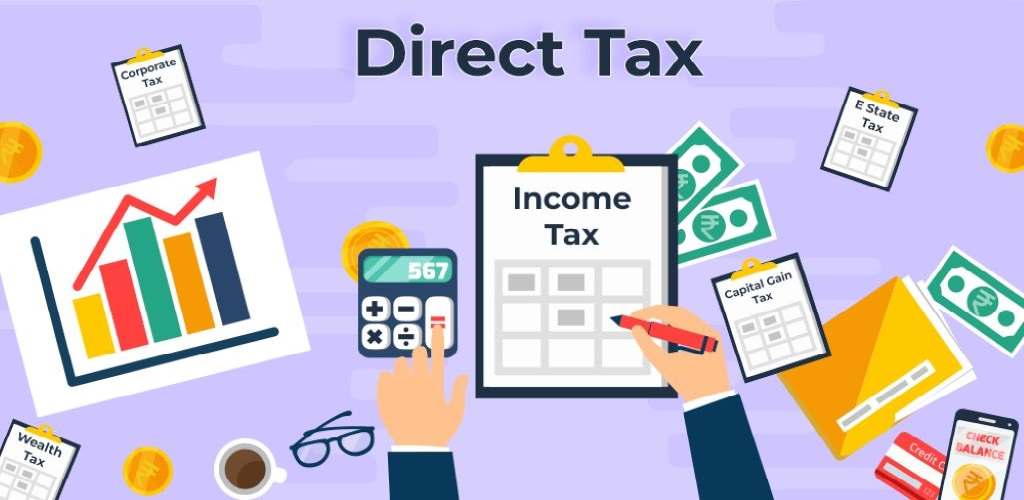As inflation is rising day by day, people are motivating themselves to make more money. They see investing as a good way to do that because it has immense potential to grow wealth. Though there are many investment options available in the market, the majority of them, such as ELSS, can be taxed based on the Income Tax rules of India.
Equity Linked Savings Scheme or ELSS is a type of mutual fund that is linked to the equity/stock market. It is prevalent in India because it offers dual benefits of potential wealth creation and tax savings. These funds have a 3-year lock-in period, meaning the scheme holders can sell their investments and leave their plans after 3 years.
If you want to know more about ELSS, keep reading!
Principal Attributes & Benefits Of ELSS Scheme
Here are some of the key features and advantages offered by ELSS:
Minimum Lock-In Period:
The majority of popular savings investment options such as PPF (Public Provident Fund) or FDs (Fixed Deposits) have extended lock-in periods. For instance, PPFs have 15 years and FDs generally have 5 years of the lock-in period.
In comparison, ELSS funds have a shorter lock-in period of just 3 years, during which investors cannot redeem or sell their units. This brief lock-in period allows for more flexibility in withdrawing funds earlier, particularly when facing an urgent financial crisis.
Equity Exposure:
As mentioned earlier, Equity Linked Savings Scheme primarily channels its investments into equity and equity-related instruments. The term ‘equity exposure’ in an ELSS scheme means that a certain percentage of the fund’s assets is dedicated to stocks or shares of companies.
While this exposure offers various opportunities for higher returns, it also comes with higher risks than other debt-based investment options. The extent of this equity exposure varies across different ELSS funds and is influenced by the objectives of the fund and the strategies of the fund manager.
Higher Returns:
ELSS offers the potential for inflation-beating returns as it primarily invests in equities or equity-related instruments. If we look at the historical performances, it will be right to say that ‘equities’ have great potential for higher returns than other traditional investment instruments.
The 3-year lock-in period encourages a long-term investment approach, resulting in significant returns due to the compounding factor. In addition, professional fund managers actively manage ELSS funds (make timely adjustments and reduce risks) that increase the chances of beating inflation.
Tax Benefits:
ELSS tax savings stand out as a remarkable feature, making it a preferable choice among various investors. According to income tax rules, if you invest in Equity Linked Savings Scheme, you can get a tax deduction under Section 80C. This means you can save taxes up to Rs 46,800 by investing up to Rs 1.5 lakh in ELSS.
Keep in mind, though, that ELSS has a lock-in period of 3 years, so you can’t take your money out before that. If you redeem your ELSS funds after 3 years, you might need to pay a 10% long-term capital gains tax, but if your gains are within Rs 1 lakh, there’s no tax on them.
Professional Management:
Equity Linked Savings Scheme (ELSS) funds have experienced fund managers who make investment decisions/choices on behalf of the investors. Their expertise plays a crucial role in maximizing returns and managing risks. Some of their roles are:
- They carefully select a mixture of stocks based on market analysis.
- They conduct in-depth research to find investment opportunities.
- They decide how funds are allocated across sectors.
- They continuously monitor fund performance. If needed, they also make adjustments to the portfolio to enhance performance.
- They adapt to market changes, make timely decisions, and address challenges.
Flexibility:
ELSS funds are flexible in many ways. You can start with a small investment and increase it over time as per your financial capacity. It also lets you invest through a Systematic Investment Plan (SIP), where you can contribute a fixed amount regularly, helping you navigate market changes.
After the mandatory 3-year lock-in, you can choose to stay invested or exit, providing flexibility for those with changing financial needs. This adaptability is useful for people with evolving financial situations.
Diversification:
Equity Linked Savings Scheme funds spread their investments across different types and sizes of industries, including technology, healthcare, finance, small-cap, large-cap, or mid-cap. The goal is to balance the risks and potential rewards.
By doing this, if some investments don’t do well, it doesn’t harm the entire investment. Even though some individual investments might go up and down a lot, having a mix of them usually makes the overall investment more stable in the long run.
How Does ELSS Mutual Fund Work?
Let’s understand the working of the ELSS fund with an example!
You put Rs. 50,000 in an ELSS fund on January 1, 2022. It has joined a big pool of money from lots of people. The fund manager has spread this money across different stocks to create a diversified portfolio. Your money stays locked in for 3 years.
If the stock market does well over the next 3 years, the ELSS fund’s value could grow to Rs. 70,000 or 80,000 by January 1, 2025. Once the lock-in period is over, you can choose to take out your investment or keep it in for a longer time.
If you decide to take it out, the money you earn might be taxed based on ‘Long-Term Capital Gains’ rules. However, one major highlight of ELSS is that it helps you save on taxes. You can reduce your taxable income by claiming deductions on the money you invest, up to Rs. 15 lakhs, under Section 80C.
Top ELSS Funds In India
| Fund Name | Risk Level | Fund Size (In Crores) | 1 Year Returns |
| Quant Tax Plan Fund | Very High | Rs. 5,614 | 25.8% |
| Quant ELSS Tax Saver Fund | Very High | Rs. 7,237 | 56.1% |
| Bandhan Tax Advantage ELSS Fund | Very High | Rs. 5,160 | 16.8% |
| SBI Long-Term Equity Fund | Very High | Rs. 20,085 | 56.5% |
| Bank Of India ELSS Tax Saver Fund | Very High | Rs. 1,090 | 51.6% |
| Parag Parikh Tax Saver Fund | Moderately High | Rs. 2,137 | 23.8% |
| Parag Parikh ELSS Tax Savers Fund | Moderately High | Rs. 2,760 | 35.4% |
Who Should Buy ELSS Mutual Fund?
Equity Linked Savings Scheme or ELSS should be considered by any individual who prefers a long-term investment option with tax benefits. The scheme is suitable for the following types of individuals:
- Those with long-term financial objectives, such as retirement planning, purchasing a home, or funding their child’s education.
- Those who are in the early stages of their careers, especially those with moderate incomes.
- Those investors who generate significant income through investments and need a tax-saving avenue.
- Those who are seeking diversity in their investments.
What To Consider Before Buying ELSS Scheme?
When choosing an Equity Linked Savings Scheme (ELSS), it is crucial to thoroughly evaluate various factors to make a wise decision. Some of these factors are as follows:
- Fund Performance: Check how well the ELSS fund has done in the past by looking at its performance over different time periods. See if it consistently gave good returns in different market situations, like when the market was doing well or not so well. This helps you get an idea of how the fund might perform in different situations.
- Expense Ratio: Compare the expense ratios of different ELSS funds. Lower expense ratios can lead to higher net returns for investors, making it an important consideration in fund selection.
- Track Record Of Fund Managers: Evaluate the experience and track records of the fund managers. A seasoned and experienced manager is more likely to make accurate investment decisions, contributing to the fund’s overall performance.
- Assess Your Risk Tolerance: Check how risky the ELSS fund is and think about how much risk you’re okay with. Assess your own risk tolerance and choose a fund that aligns with your risk profile.
- Portfolio Composition: Examine the sectors and specific stocks in which the ELSS fund invests. A well-diversified portfolio is important for effective risk management and receiving greater returns.
Frequently Asked Questions
Certainly, the performance of ELSS is influenced by market fluctuations.
There is no upper limit on the amount one can invest in an ELSS in a financial year. It depends on your budget.
ELSS funds are overseen by AMCs (Asset Management Companies). Thus, compare different options, select the one that aligns with your investment needs, and open an account with the chosen fund. You can also seek guidance from a financial advisor in such cases.
Yes. Similar to other market-linked mutual funds, ELSS funds carry risks associated with equities. However, you can reduce these risks by some smart investment strategies.
For tax-saving purposes, experts generally recommend investing in one or a maximum of two ELSS funds. In case you choose more than two, it can lead to over-diversification, complications, and lower returns.








